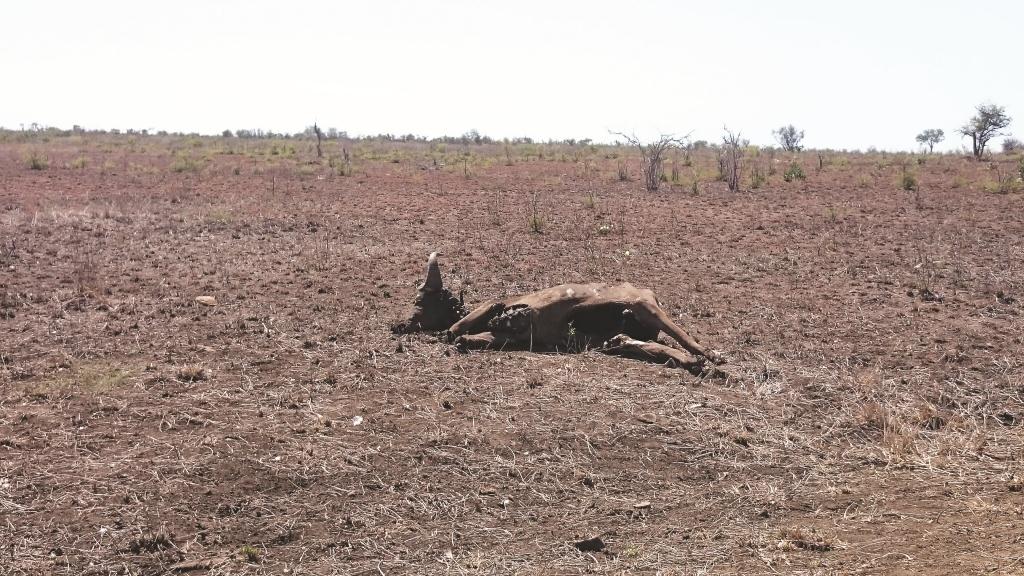With South Africa in the midst of its worst drought in more than two decades, a trip through the Kruger National Park is dusty and desolate. Areas of the park that were once lush are now withered; the watering holes are now cracked earth.
Driving through the park is like following a trail of death, with the sour smell of decomposing flesh. There are as many sightings of skulls and bones as there are herds of the park’s most abundant antelope, the impala.
It’s not as grim as it seems though. Izak Smit, a Systems Ecology scientist in the Kruger National Park, one of Africa’s largest nature reserves, says it helps the park’s ecosystem.
“These droughts have a natural regulatory role to play,” says Smit.
The current buffalo population is at its highest since the numbers were first counted in the 1960s, he says.
“The buffalo numbers can’t continue to increase forever. The numbers go up and then they go down. In wet years, people think the animals are doing great but some species suffer, like the predators, they find it harder to catch prey,” he says.
The lack of water also brings an evolutionary theory into play – the survival of the fittest.
“Your older individuals, your young individuals and the sickly individuals are the ones that are most affected. The healthier and stronger animals will survive longer. The animals that are the strongest will be able to best survive and they will carry the gene pool forward.”
Some animals seem to be thriving in the tough conditions. Vultures flock throughout the park, squabbling over the plentiful carcasses. The crocodiles that have managed to secure the few remaining pools in the Sabie River also seem gorged. A dead buffalo, floating in the water, was ignored by three of the red-toothed reptiles that were within meters of an easy meal.
As 100-meter-tall dust devils twist their way across the arid land, the animals jostle for shade under large trees that haven’t lost their leaves yet. At a lookout point at Mlondozi Dam, near the border with Mozambique, the riverbed was empty and the dam wall was exposed over the parched soil. Nearby, three hippos crammed in shallow water, which would probably dry up in a few days. With no other water sources nearby, the hippos were facing death.
Some have called for human intervention, saying the natural effects of the drought are felt more by the animals because of the unnatural barriers in their way – fences.
“We monitor the situation but there is very little intervention that can and should be done. We’re trying to manage for a healthy ecosystem, not for healthy animals. With the size of the park, interventions will be small-scale and might not achieve the desired effect. We need to allow nature to take its course,” says Smit.
The drought is the most severe South Africa has experienced since 1991/1992 and it could get worse.
“We are now in a dryer period compared to 1991 and 1992, so it seems that this drought is more severe than the previous one,” he says.
Smit says you can’t predict how long it will take for the area to recover.
“We’ll have to see how it plays out.”
The animals in the Kruger National Park hope its sooner rather than later.
